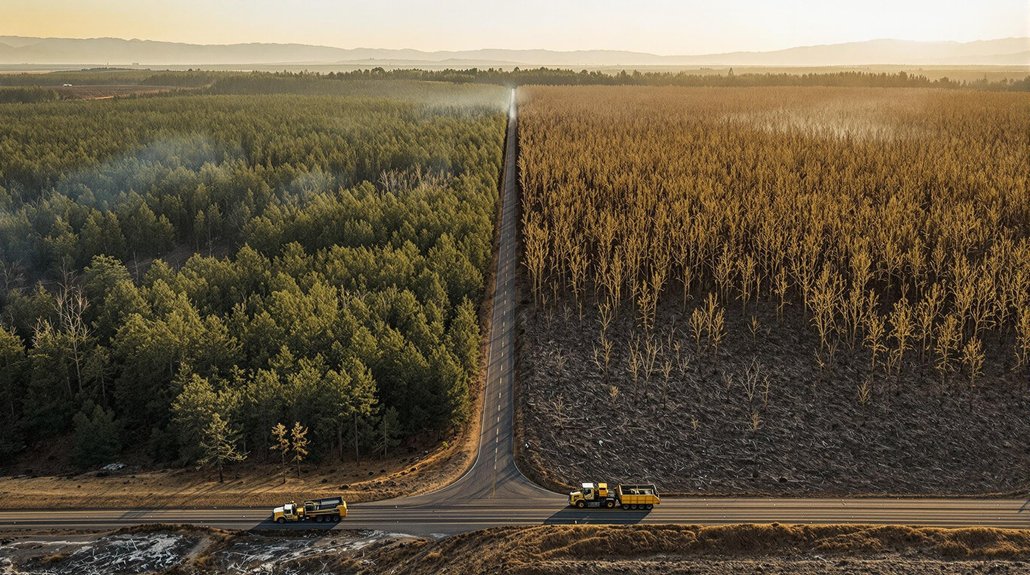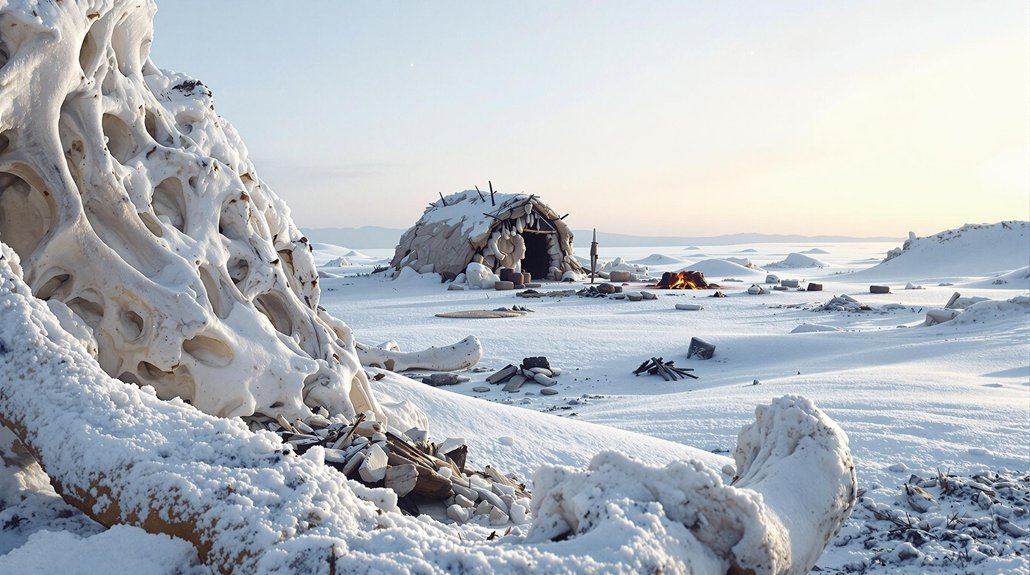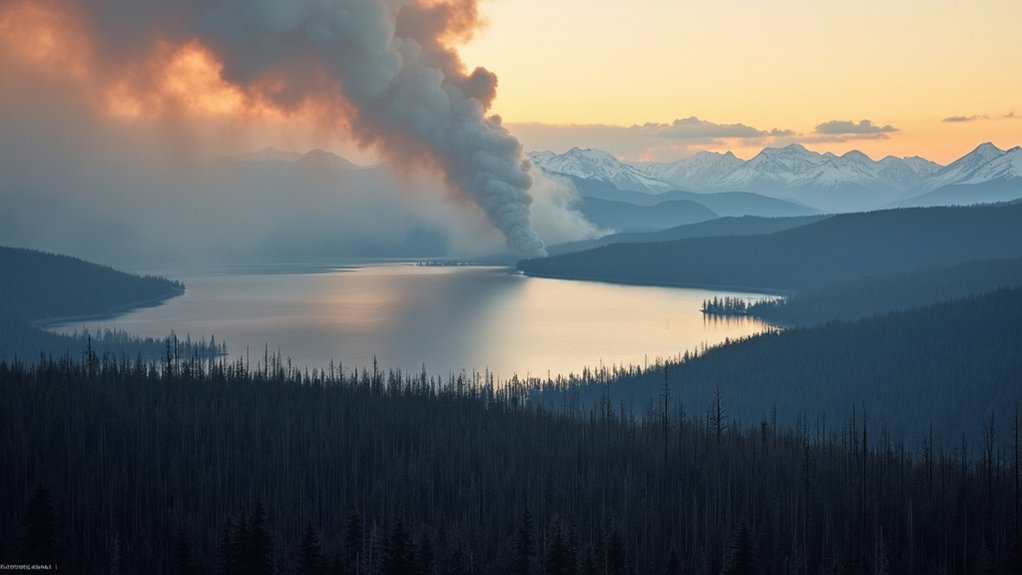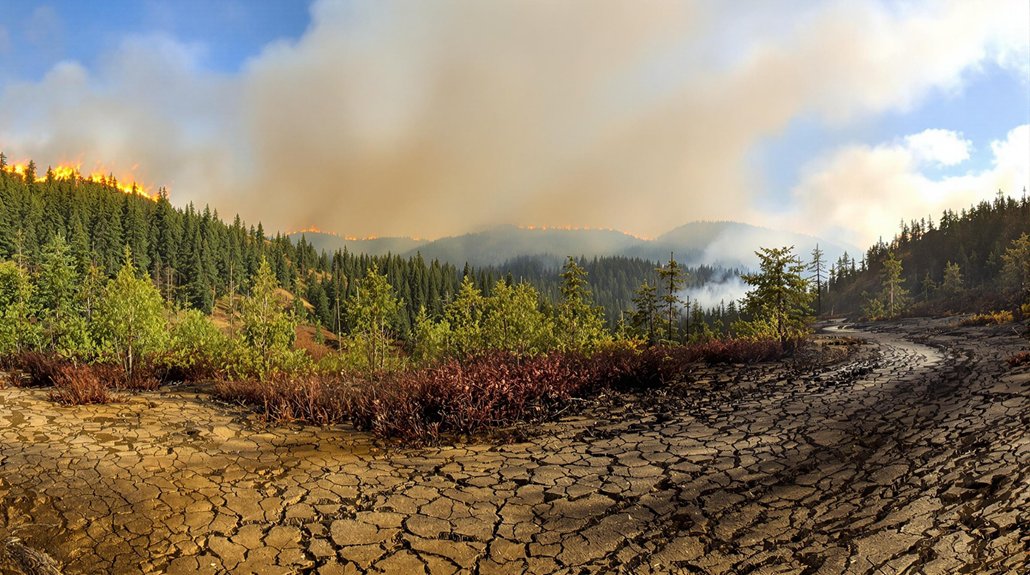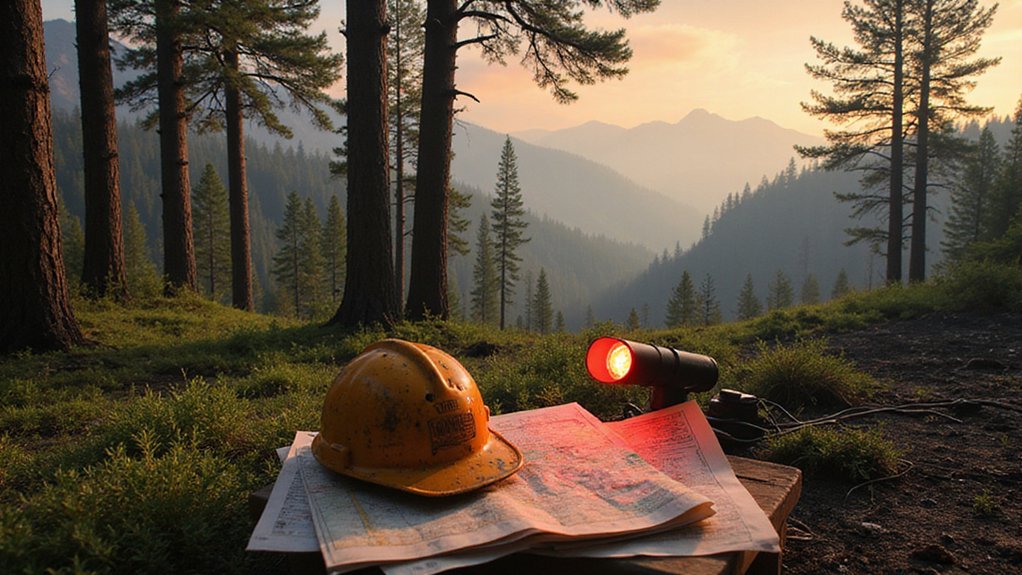California’s forest management is falling far short of what’s needed. The state clears only 325,000 acres annually out of 15 million at-risk acres. At this pace, addressing all vulnerable forests would take 46 years. Budget cuts, lengthy permits, and divided land ownership complicate progress. Climate change worsens conditions, creating drier forests and longer fire seasons. This management gap creates perfect conditions for the catastrophic wildfires that have become increasingly common.
California’s efforts to prevent devastating wildfires by clearing its at-risk forests have fallen dangerously behind schedule. With 15 million acres needing treatment, the state and federal agencies manage to clear just 325,000 acres annually. At this pace, it will take 46 years to address all at-risk forests, leaving millions of acres vulnerable to catastrophic fires.
The state set an ambitious goal to treat 500,000 acres per year but is only managing about 100,000 acres on state lands. This creates a 10-year backlog for state-managed forests alone. Experts estimate clearing this backlog would cost around $1 billion, but recent budget cuts have made this target even harder to reach.
California’s $2.8 billion wildfire plan adopted in 2022 faced immediate setbacks. The funding was stretched over five years instead of four, and the overall budget was cut by $100 million. More concerning, CAL FIRE‘s resource management budget was slashed by 50%, crippling forest management efforts.
Environmental regulations and bureaucratic hurdles slow progress considerably. Mechanical thinning projects take an average of 3.6 years to begin, while controlled burns face a 4.7-year delay. These lengthy permitting processes prevent timely management of dangerous fuel buildup. Prescribed burns face additional regulatory challenges due to their emissions classifications, further limiting this effective management tool. A recent bipartisan bill aims to streamline permitting processes for forest management to address these delays.
The problem is complicated by land ownership. Federal agencies control 57% of California’s forests but struggle to increase their pace of work. Another 40% is privately owned, with 90% of parcels smaller than 50 acres and mostly owned by people over 65 years old.
Climate change intensifies these challenges. Warming temperatures and prolonged droughts create drier vegetation and longer fire seasons. The 2020 wildfires alone released twice as much carbon dioxide as 18 years of emissions reductions. This contributes to a dangerous feedback loop where forest fires accelerate climate change, which in turn creates conditions for more severe wildfires.
Adding to the problem, California has lost 25% of its softwood sawmill capacity in recent years. This loss of wood products infrastructure makes it harder to process cleared vegetation in an economically sustainable way.
Without addressing these multiple challenges, California’s forests remain dangerous tinderboxes waiting to ignite.
